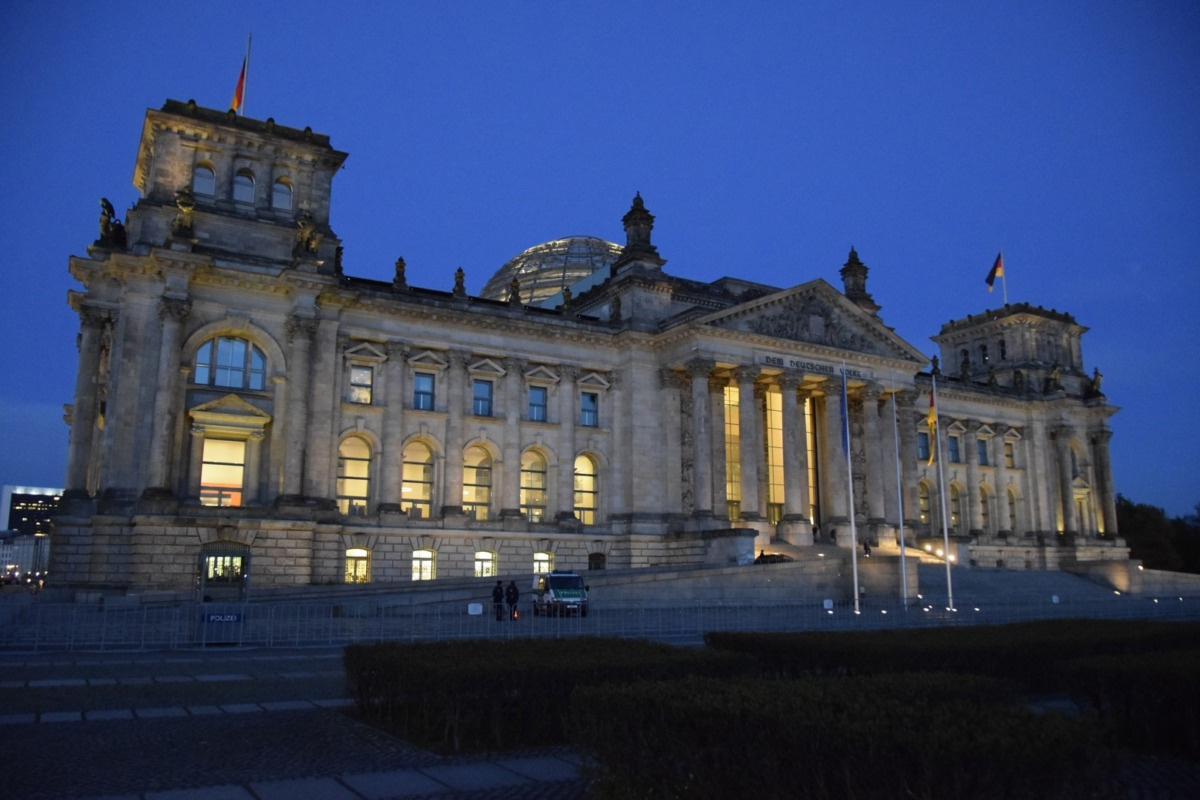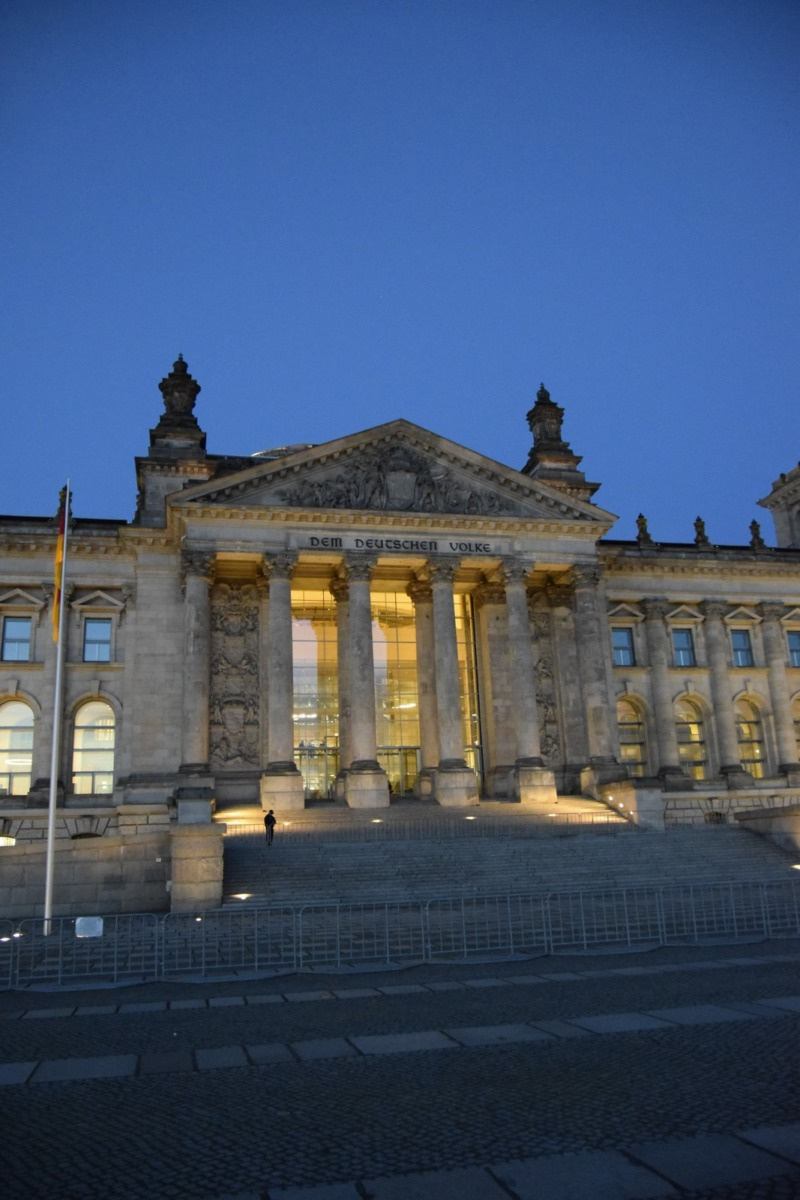
The Reichstag building in Berlin, Germany, is one of the most iconic and historically significant structures in the country. It serves as the seat of the Bundestag, Germany’s federal parliament, and has witnessed a turbulent and transformative history, reflecting Germany’s political and cultural shifts over more than a century. From its initial construction during the German Empire to its destruction and subsequent reconstruction after World War II, the Reichstag’s architectural and political significance continues to resonate today.
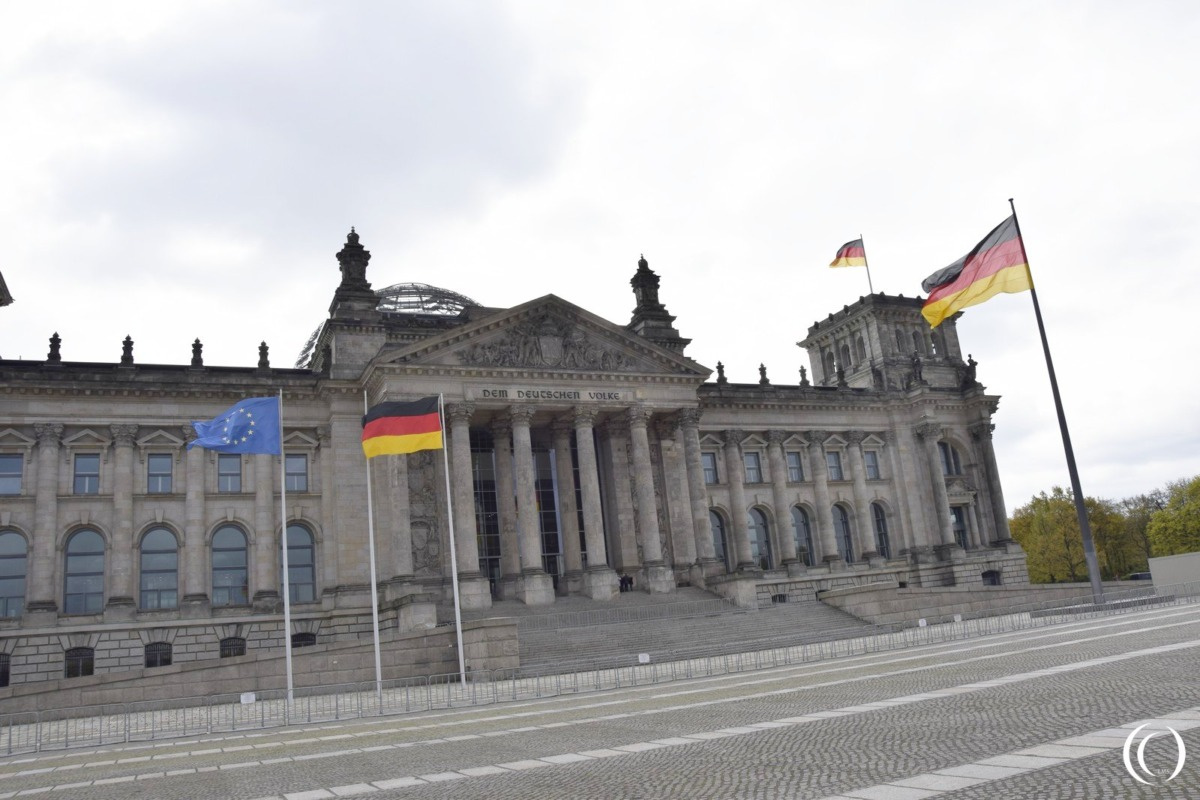
Construction and Early History
Designed by architect Paul Wallot, the Reichstag building was completed in 1894 to house the Reichstag, the legislative body of the German Empire. The structure was designed in a Renaissance Revival style with elements of Baroque architecture, symbolizing the imperial power of the newly unified Germany. The building’s most prominent feature is its central dome, which at the time was the tallest structure in Berlin, and its grand facade adorned with monumental columns and sculptures, which reflected the aspirations of the newly formed empire.
The Reichstag was intended to represent the power of the German Kaiser (Emperor), although, in reality, the Emperor held most of the political power. Despite being the legislative hub of the empire, the Reichstag had limited influence due to the Kaiser’s control over the government and military.
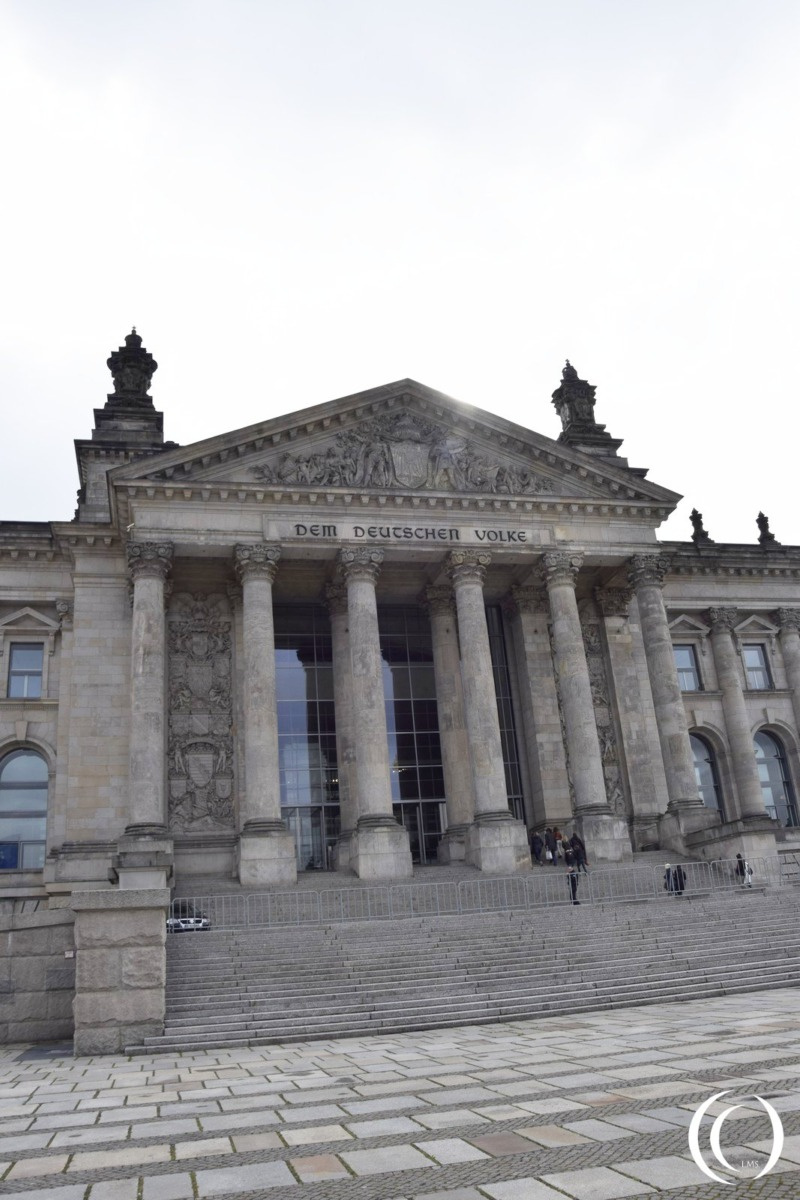
Weimar Republic and the Reichstag Fire
After World War I and the collapse of the German Empire, the Reichstag building became the center of politics in the Weimar Republic (1919-1933). During this period, Germany struggled with political instability, hyperinflation, and the rise of extremist groups. The Reichstag continued to serve as the legislative seat, but its effectiveness was undermined by constant challenges to democracy and political fragmentation.
A key event during this period was the Reichstag Fire on February 27, 1933. The building was set ablaze under mysterious circumstances, and the Nazis, led by Adolf Hitler, used the incident to claim that communists were attempting to overthrow the government. This event led to the Reichstag Fire Decree, which suspended civil liberties and allowed Hitler to eliminate political opposition, effectively paving the way for the Nazi dictatorship.
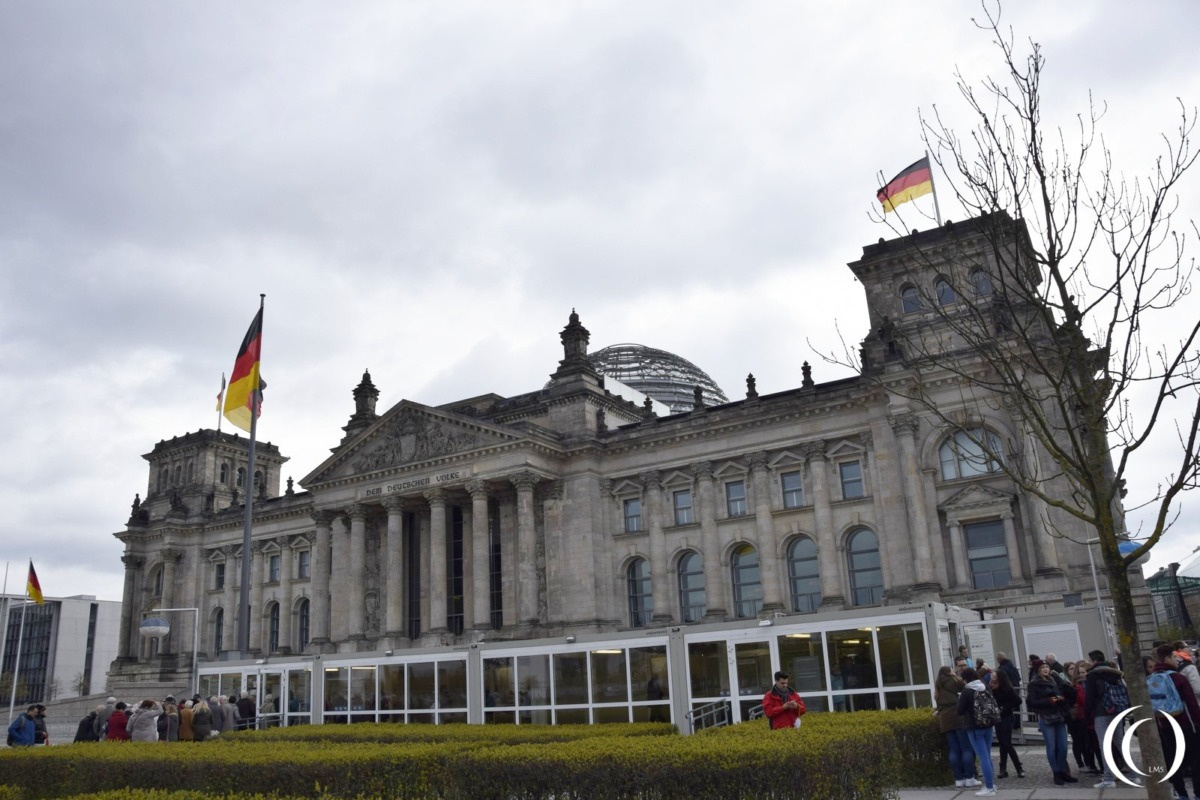
Nazi Era and Destruction
Under the Nazi regime, the Reichstag building’s importance diminished, as the Nazis established their own headquarters and made alterations to the building. During World War II, the Reichstag suffered significant damage in bombing raids, particularly during the Battle of Berlin in 1945. The building’s central dome was destroyed, and the structure was left in ruins as Berlin faced devastation at the war’s conclusion.
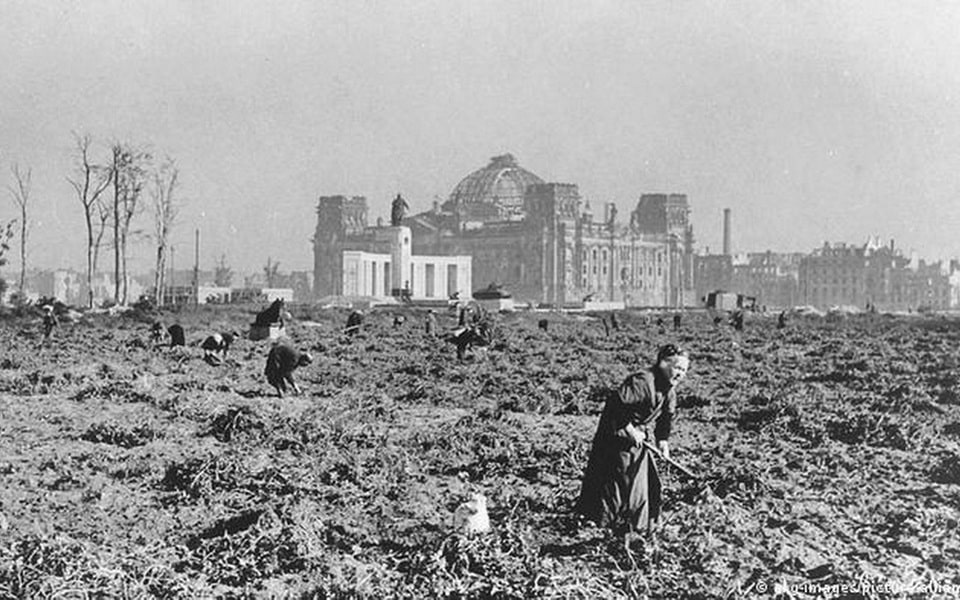
Post-War Division and the Cold War
After World War II, Germany was divided into East and West Germany, with Berlin split into East and West. The Reichstag building, located in West Berlin, stood in a zone heavily impacted by the Cold War. The capital of West Germany was moved to Bonn, and the Reichstag fell into disuse, though it remained a powerful symbol of Germany’s divided past.
Meanwhile, the Reichstag’s East Berlin counterpart, the Palace of the Republic, became the seat of the government in East Germany (German Democratic Republic). Despite being on the border between East and West Berlin, the Reichstag was largely left in a state of disrepair for much of the Cold War.

Reconstruction and the Modern Bundestag
With the fall of the Berlin Wall in 1989 and the reunification of Germany in 1990, Berlin was declared the capital of the new unified Germany. The Reichstag was chosen to once again house the Bundestag, Germany’s parliament. Renowned architect Norman Foster was tasked with its renovation in the 1990s. The key addition was the glass dome, which symbolizes transparency in government and allows the public to view parliamentary proceedings. The dome also offers a panoramic view of the city, connecting the building’s historical past with Germany’s modern democratic ideals.
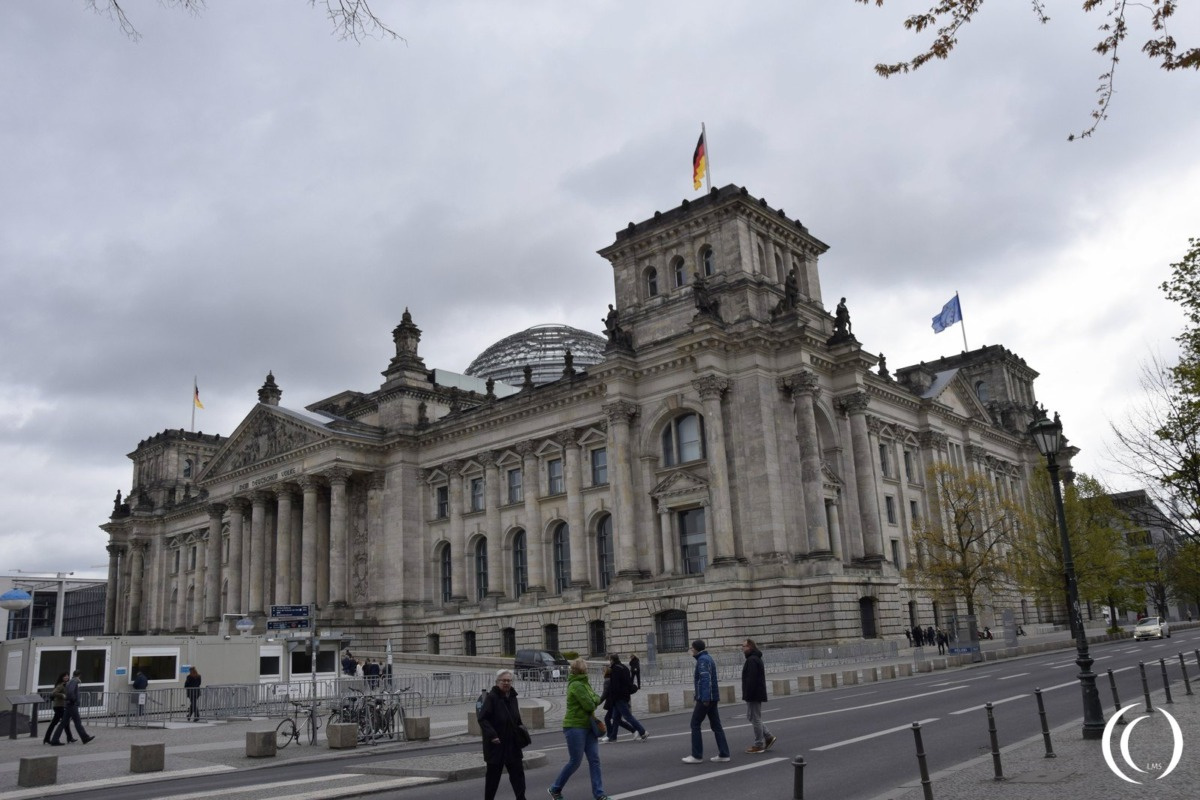
Today, the Reichstag is not just a historic building but a functioning seat of democratic governance. It represents Germany’s resilience through difficult historical periods, and the addition of the glass dome symbolizes openness, allowing the public to engage with the legislative process. The Reichstag has become a symbol of the unity and democracy of the Federal Republic of Germany, bridging the country’s complex history while looking toward the future.
